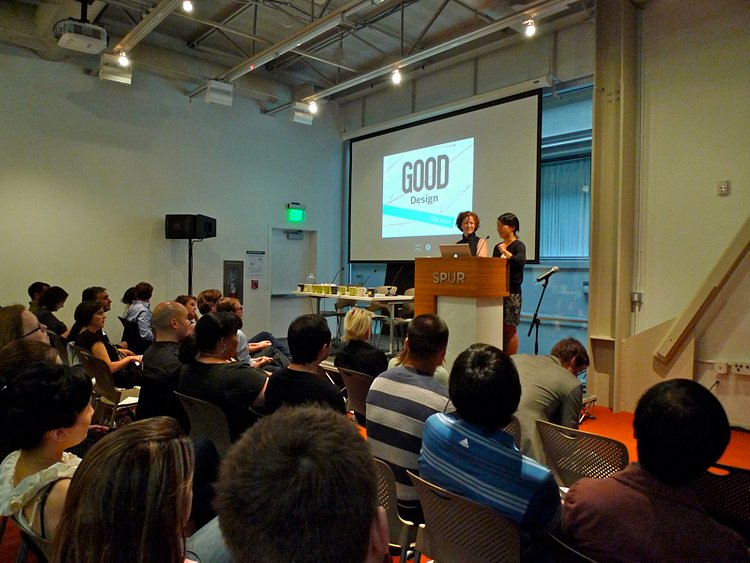As of April 18th, 2019, we’ve reached an initial 54,000 San Francisco households!

News
With a grant from Sappi Ideas that Matter, and some crowdfunding, we were able to print and mail guides to over 54,000 households. The guides were sent to homes primarily in districts 10 and 11, including parts of the Bayview, Portola, Visitation Valley, and Excelsior neighborhoods.
The Approach
There are roughly 345,000 households in San Francisco. Current estimates put printing and distribution via the USPS, at around $30,000 to reach 50,000 homes. It might seem like a lot, but compared to the cost of damage from one fire, or the loss of just one life, it’s a worthwhile investment.
We began by prioritizing the districts 10 and 11, and hope to reach more soon. If we can raise enough money, we’ll begin distribution beyond San Francisco to Oakland and surrounding cities.
Given the diverse population of San Francisco, we’re producing the guides in two versions. The first is English + Spanish, and the second is English + Chinese. If we’re able to, we’ll also create one in English + Tagalog, for our Filipino population.
Background
Years ago, I was invited to participate in GOOD Design Bay Area, a forum for problem-solving, creativity and social change. It was co-presented by AIA San Francisco, GOOD Magazine, and SPUR. I was partnered with the Bay Area Red Cross to solve one of their greatest problems: staging disaster response resources in low income and vulnerable communities.
The project was an eye-opener, and resulted in a number of recommendations. One observation was that despite plenty of information being available online, and several awareness campaigns, many residents still didn’t have a plan, supplies, or even know what to do after a major disaster. There’s an expectation that someone else will take care of it.
Basic Safety Net was created to address a gap in our approach to dealing with emergencies: what happens immediately after a major disaster, and how to prevent additional risks to health and property damage. How will residents get information if the internet is down?
As we saw after the Loma Prieta earthquake, our emergency services aren’t nearly staffed to handle a major event. This led to the forming of NERT, free emergency training from the San Francisco Fire Department. This is an amazing program and led to a nationwide effort by other cities to get better prepared. If you haven’t taken the courses, you should absolutely sign up.
These guides won’t solve everything, but they’ll help (this report authored by SPUR has a great analysis of what’s actually needed). Sure, some folks will make plans and get supplies. Many won’t. I imagine the guides will sit in kitchen drawers for 15 years. And if a big one hits, people will pull them out and be better able to deal with the aftermath. Maybe one fire is prevented. Maybe one life is saved. Doesn’t that make it worth the effort?
About Brian Singer
Brian (also known as “someguy”) is an artist and designer, with a habit of tackling social issues. He’s created global art experiments, like The 1000 Journals Project, taken innovative approaches to dealing with distracted driving, and created provocative street art about the homelessness issue. You can check out his latest projects and art at www.someguy.is
KITS / SUPPLIES:
Red Cross
Disaster Supply Center
Earth Shakes
California First Aid & Safety
BASIC SAFETY NET:
2830 20th Street, Suite 103
San Francisco, CA 94110
Contact
